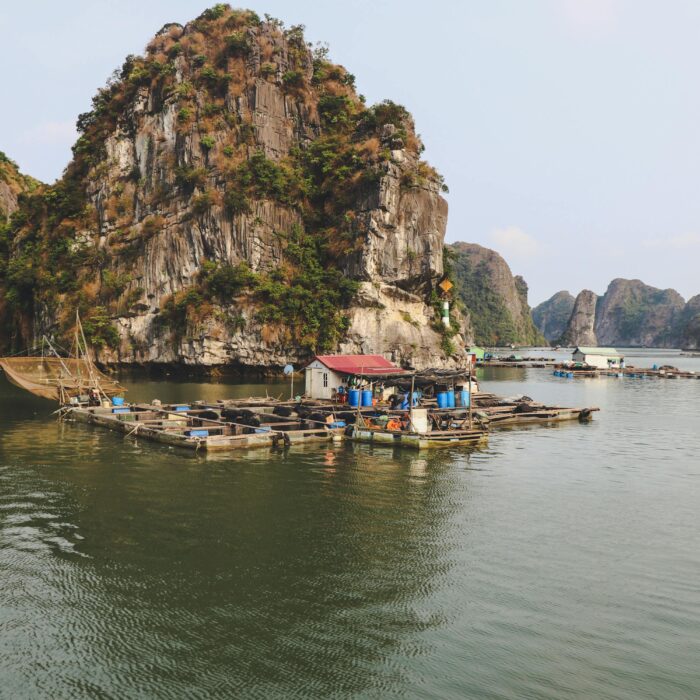Quick facts about Yemen:
- Population: Approximately 30 million people.
- Capital: Sana’a (although Aden is the temporary capital due to the ongoing conflict).
- Largest City: Sana’a.
- Official Language: Arabic.
- Currency: Yemeni Rial (YER).
- Government: Republic (currently experiencing significant instability due to civil war).
- Major Religion: Islam, predominantly Sunni, with a significant Shia (Zaydi) minority.
- Geography: Located on the southern tip of the Arabian Peninsula, bordered by Saudi Arabia to the north, Oman to the northeast, the Red Sea to the west, and the Arabian Sea and Gulf of Aden to the south.
Fact 1: There is actually a civil war going on in Yemen, it is not a safe country
Yemen has been embroiled in a devastating civil war since 2014, making it one of the most dangerous countries in the world. The conflict, which began as a power struggle between the Yemeni government and Houthi rebels, has escalated into a complex and prolonged humanitarian crisis.
The war has led to widespread destruction, severe food shortages, and a collapsing healthcare system. Millions of Yemenis have been displaced, and the country faces what the United Nations has described as one of the worst humanitarian crises of our time.
Due to the ongoing conflict, Yemen is highly unsafe for travelers, with risks including violence, kidnappings, and severe infrastructure damage. The instability has also made access to essential services and humanitarian aid extremely difficult, exacerbating the dire conditions faced by the population.
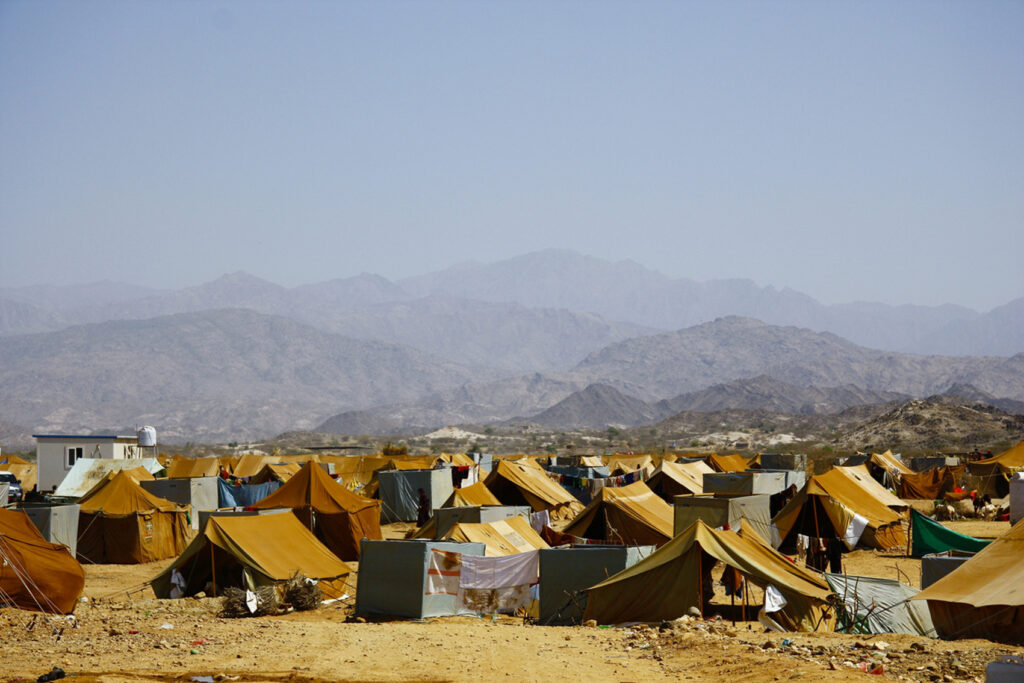
Fact 2: A large number of Yemen’s population is dependent on khat
Khat chewing is a daily ritual for many Yemenis and is deeply woven into the social and cultural fabric of the country. The practice is so widespread that it cuts across all social classes and is a significant part of daily life, often consumed in the afternoons and evenings.
While khat provides a temporary sense of euphoria and increased alertness, its pervasive use has led to concerns about health, productivity, and economic implications. Many Yemenis spend a considerable part of their income on khat, despite the country’s widespread poverty and ongoing humanitarian crisis. Additionally, the cultivation of khat competes with essential food crops for water and land, exacerbating food insecurity in a country already struggling with severe shortages.
Fact 3: There are unique non-terrestrial trees in Yemen
Yemen is home to some truly unique and otherworldly trees, most notably on the island of Socotra, which is often referred to as the “Galápagos of the Indian Ocean” due to its rich biodiversity. Among the most famous of these unique trees is the Dragon’s Blood Tree (Dracaena cinnabari), which has an umbrella-like shape and produces a distinctive red sap, historically used as dye, medicine, and even incense.
Another remarkable tree on Socotra is the Bottle Tree (Adenium obesum socotranum), which has a thick, swollen trunk that stores water, allowing it to survive in the arid conditions of the island. These trees, along with many other plant species on Socotra, are endemic, meaning they are found nowhere else on Earth. This makes Yemen, particularly Socotra, a significant location for biodiversity and a living natural museum of unique flora.
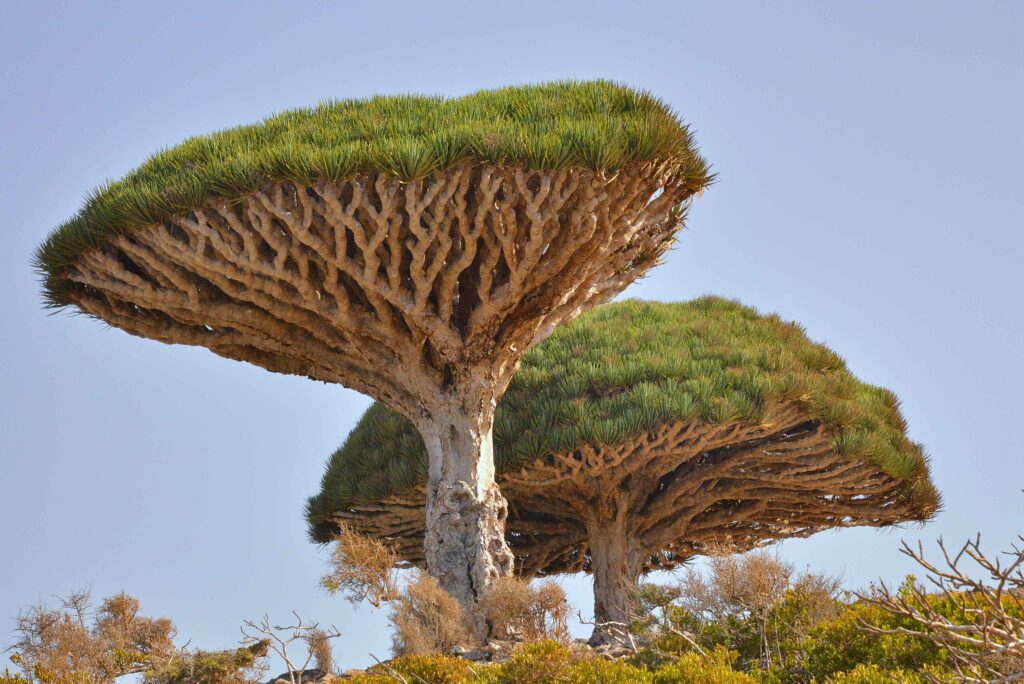
Fact 4: Yemen is the only country on the Arabian Peninsula that has not enriched itself on oil.
Yemen stands out on the Arabian Peninsula as the only country that has not significantly enriched itself through oil. While its neighbors, like Saudi Arabia and the United Arab Emirates, have built immense wealth and modern infrastructure from vast oil reserves, Yemen’s oil resources are relatively modest and have not been fully developed or capitalized on.
The country’s oil production has been limited, and revenues have not been sufficient to drive the kind of economic transformation seen in other Gulf states. Instead, Yemen has remained one of the poorest countries in the region, with its economy further crippled by ongoing conflict and instability.
Fact 5: Historic part of the city of Sana’a UNESCO World Heritage Site
The historic part of Sana’a, Yemen’s capital, is a UNESCO World Heritage Site renowned for its extraordinary architecture and cultural significance. This ancient city, which has been inhabited for over 2,500 years, is famous for its distinctive multi-story buildings made from rammed earth and decorated with intricate geometric patterns.
The old city of Sana’a is home to over 100 mosques, 14 public baths, and more than 6,000 houses, many of which date back to before the 11th century. Its unique architectural style, particularly the towering mud-brick houses with white latticework, has made it one of the most beautiful and historically significant cities in the Arab world.
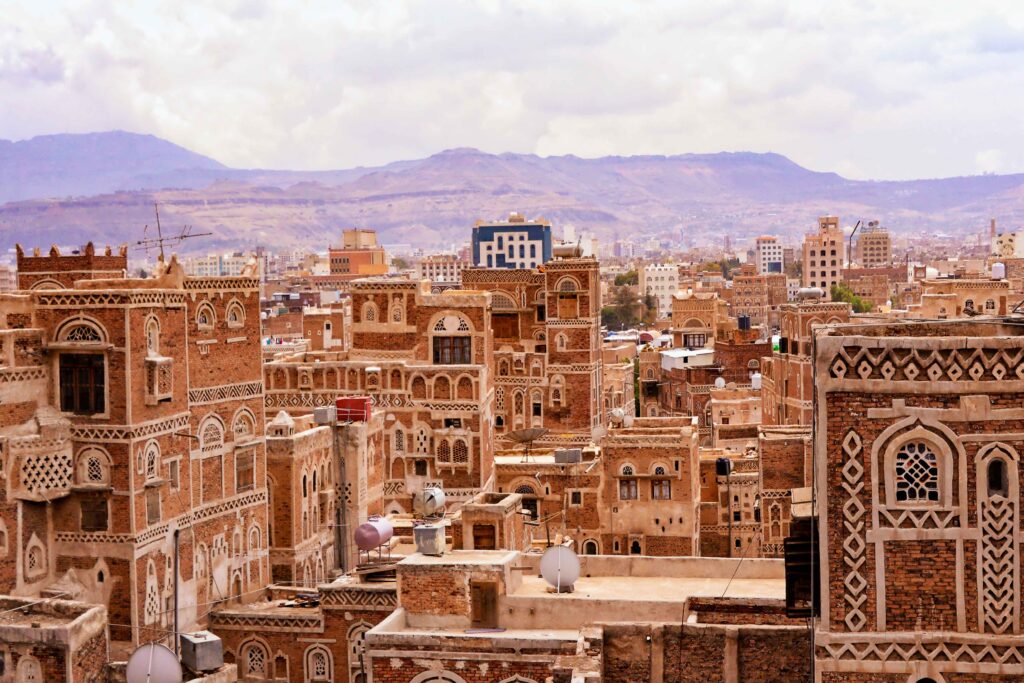
Fact 6: Child marriage is a problem in Yemen
Many families, facing extreme poverty and insecurity, resort to marrying off their daughters at a young age, often in their early teens or even younger. This practice is seen as a way to reduce the financial burden on the family and provide the child with some form of protection in a highly unstable environment.
The legal framework in Yemen regarding the minimum age for marriage has been inconsistent, and enforcement is weak. In many rural areas, cultural traditions often take precedence over legal regulations, allowing child marriages to persist. The consequences for young girls are severe, including interrupted education, health risks from early pregnancies, and a higher likelihood of experiencing domestic violence.
Fact 7: There are old tower houses in Yemen
Yemen is renowned for its ancient tower houses, particularly in the historic cities of Sana’a and Shibam. These structures are remarkable for their height and age, with some standing several stories tall and dating back hundreds of years.
In Sana’a, the tower houses are made from sun-dried mud bricks and adorned with white gypsum decorations, creating a striking contrast against the brown exteriors. These buildings often reach up to seven stories, with the lower levels typically used for storage and the upper levels for living spaces.
The city of Shibam, often referred to as the “Manhattan of the Desert,” is famous for its densely packed, high-rise mudbrick tower houses. These ancient skyscrapers, some of which are over 500 years old, are considered one of the earliest examples of urban planning based on vertical construction.
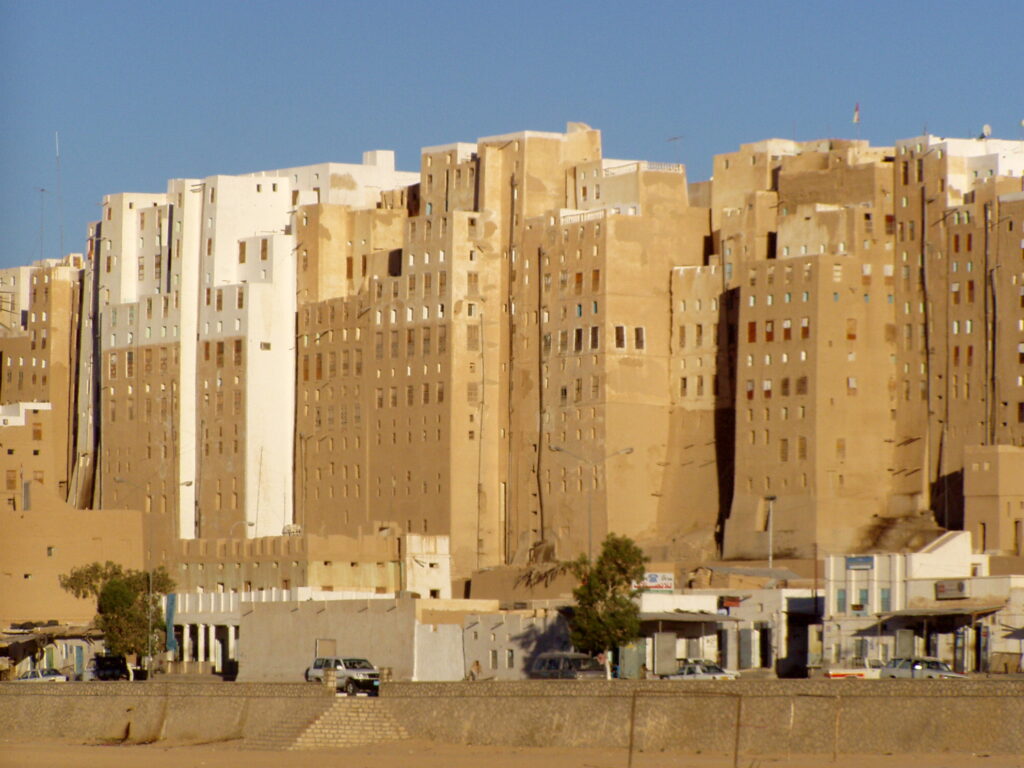
Fact 8: Mocha coffee gets its name from a Yemeni city
Mocha coffee is named after the Yemeni port city of Mocha (or Mokha), which has historically been a key trading hub for coffee. The city of Mocha, located on the Red Sea coast, was one of the earliest and most significant centers for coffee trade in the 15th and 16th centuries.
The coffee beans exported from Mocha were highly prized for their unique flavor profile, which comes from the region’s distinct climate and soil. This flavor is often described as having a rich, chocolatey undertone, which is why the term “Mocha” has become synonymous with a type of coffee that blends the robust flavors of coffee with chocolate.
Fact 9: The aforementioned island of Socotra is the safest place in Yemen
Socotra Island’s relative safety is partly attributed to the presence of foreign military bases. Socotra, an archipelago located in the Arabian Sea, is renowned for its unique biodiversity and relatively peaceful conditions.
The island is situated far from the main areas of conflict and is less impacted by the turmoil that has engulfed much of Yemen. It has a reputation for being relatively stable and secure, making it an attractive destination for those looking to experience its otherworldly landscapes and unique flora and fauna.
Despite this relative safety, it is always advisable for travelers to stay informed about the current situation and to follow any travel advisories issued by their government or relevant authorities. Also check if you need an International Driving Permit if you plan to drive.

Fact 10: The Yemeni part of the Arabian Desert has the harshest climate
The Yemeni part of the Arabian Desert is known for having one of the harshest climates in the region. This arid expanse, part of the larger Arabian Desert, is characterized by extreme temperatures and minimal rainfall.
In Yemen, the desert climate features scorching temperatures during the day, which can exceed 50°C (122°F) in summer, while nighttime temperatures can drop significantly, leading to large diurnal temperature ranges. The region also experiences very little precipitation, with some areas receiving less than 50 mm (2 inches) of rain per year, contributing to its severe aridity.

Published September 01, 2024 • 7m to read


